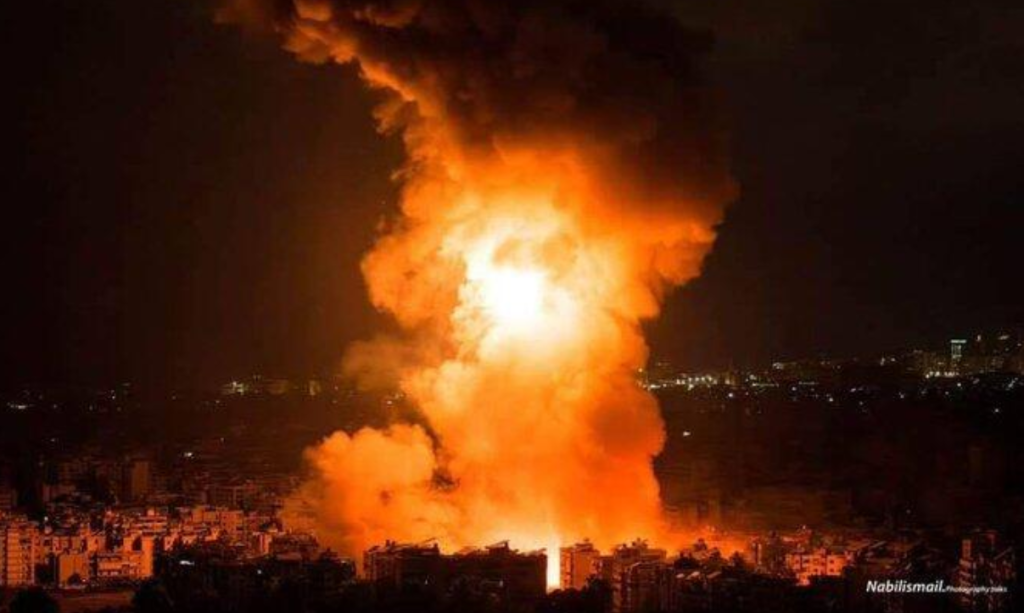On the early morning of Saturday, October 25, 2024, Israel executed a series of precision strikes on Iranian military targets, escalating tensions significantly in the region. This operation followed recent provocative actions from Iran, including the firing of roughly 180 ballistic missiles directed at Israel on October 1. In a rare move, the Israeli military publicly acknowledged its offensive intentions, stating that its military capabilities were fully mobilized for both offense and defense. The strikes reportedly struck near the headquarters of the Iranian Revolutionary Guard, indicating a focused attempt to disrupt Iranian military operations. Notably, the United States was informed ahead of Israel’s actions, showcasing a cooperative approach between the two nations amid rising tensions.
As the strikes unfolded, there were unconfirmed reports of multiple explosions in Tehran, particularly around designated military sites and an airport. Local residents reported hearing loud blasts, with claims of five large explosions occurring in rapid succession. Journalist accounts suggested that these explosions were concentrated in strategic areas, including military bases, and indicated a broader operational intent aimed at crippling Iran’s military capabilities. In addition, reports emerged of similar explosions in other Iranian cities, such as Isfahan and Mashhad, suggesting that Israeli operations might have been more widespread than initially suspected.
In light of Israel’s military actions, Iranian authorities have threatened retaliation against Gulf states and US allies perceived as enablers of Israeli strikes. The Iranian leadership has signaled its willingness to respond militarily to perceived aggression. Despite this, reports indicated that Israel had assured the United States that its operations would not target Iran’s critical oil or nuclear infrastructure. Analysts from both the U.S. and Israel anticipated that while Iran is likely to retaliate, such a response would be measured in hopes of de-escalating the ongoing cycle of hostilities.
In preparation for potential Iranian retaliation, the U.S. intensified its military presence in the region. U.S. officials cited the need for deterrence, aiming to prevent further Iranian missile attacks and strengthen Israeli defense capabilities. Notably, President Biden and Secretary of Defense Lloyd Austin decided to deploy a Terminal High Altitude Area Defense (THAAD) missile defense system in Israel, which involves U.S. military personnel potentially engaging directly in the conflict on Israeli territory. This deployment reflected a significant commitment from the U.S. to support its ally amid increasing military threats from Iran.
Additionally, amid these unfolding events, concerns emerged regarding security leaks. The FBI is currently investigating a breach of classified U.S. intelligence documents that revealed critical information about Israel’s planned strikes against Iran. This situation raises questions about operational security and intelligence sharing between allies, as the spillage of sensitive information could complicate military planning and execution. The ongoing investigation reflects broader issues of trust and security in international military operations, particularly at times of heightened conflict.
The recent developments in the Israeli-Iranian conflict illustrate not only the precarious nature of regional stability but also the intricate web of international relations involved. Both nations are poised for a potential escalation of military activity, increasing the risk for a broader conflict that could draw in additional regional and international actors. As the situation evolves, the responses from Iran and the subsequent strategic maneuvers by Israel and the U.S. will be critical in informing the future trajectory of hostilities and the potential for diplomatic resolutions amidst ongoing tensions.

